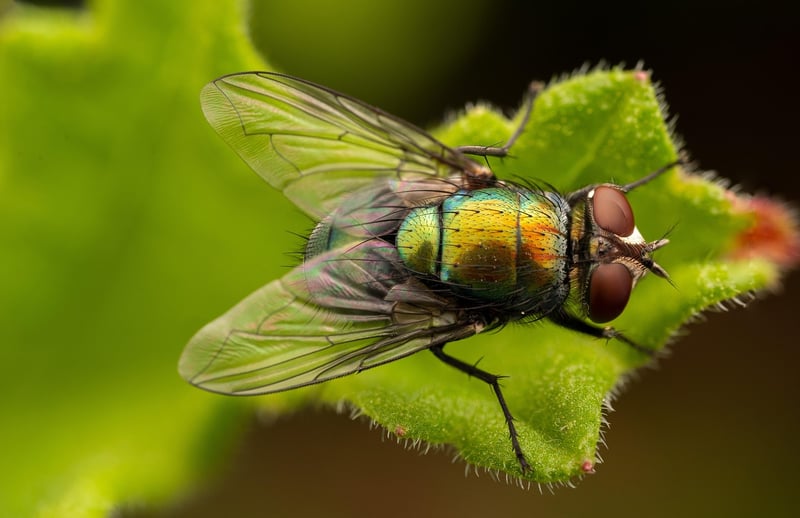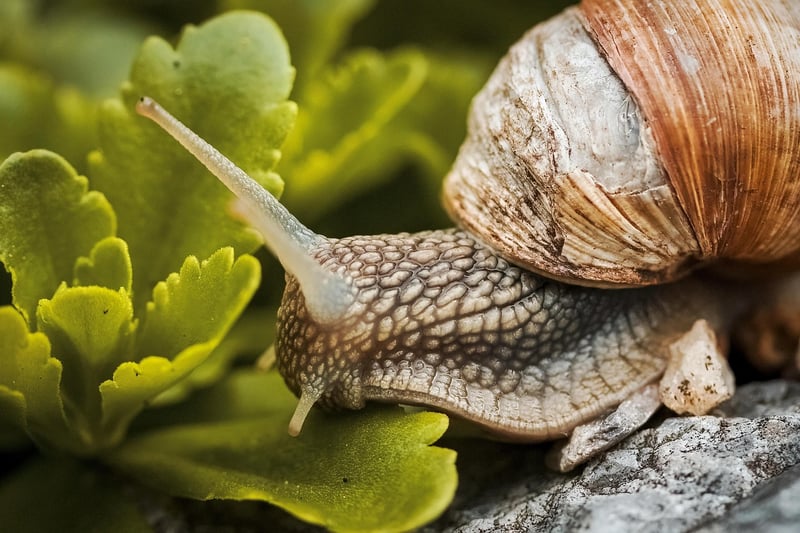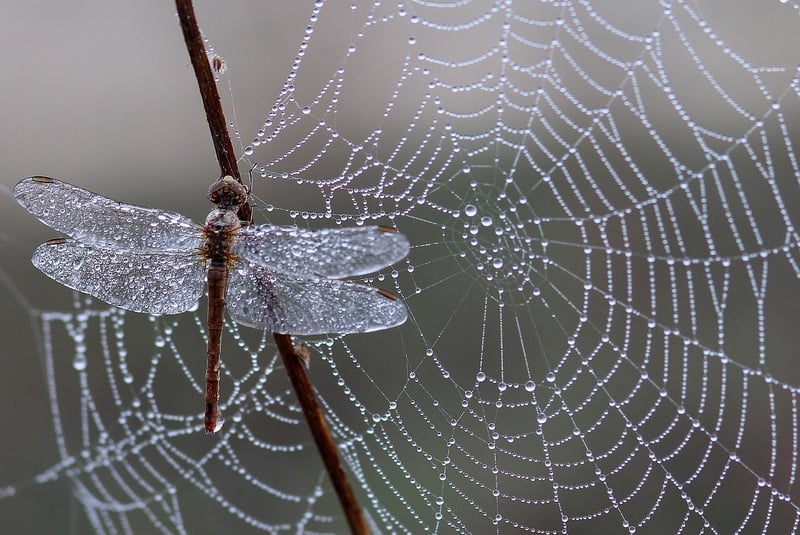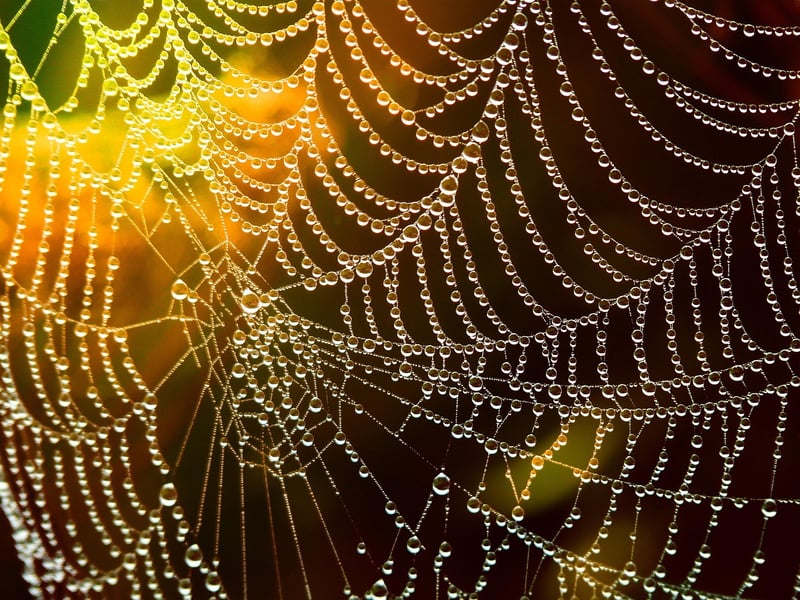Traps
Protect Your Plants with Traps
Plants are a valuable addition to any home or garden, providing beauty, fresh air, and even food. However, keeping your plants safe from pests can be a challenge. One effective way to protect your plants is by using traps. Traps can help control pests in an eco-friendly manner, without the need for harmful chemicals. Let's explore some different types of traps that can help safeguard your plants.
Fly Traps
Flying insects can wreak havoc on your plants, especially in indoor settings. Fly traps are a great way to control these pests. One popular option is the sticky trap, which uses a sticky surface to catch flies and other flying insects. Another effective fly trap is the fly paper, which lures flies in with a sweet scent and then traps them on the sticky surface.

Slug and Snail Traps
Slugs and snails are common garden pests that can devour your plants overnight. Slug and snail traps are designed to attract and trap these slimy pests before they can cause damage. One popular trap is the beer trap, which uses beer to lure slugs and snails in and then drowns them. Another effective trap is the copper tape barrier, which creates a barrier that slugs and snails are reluctant to cross.

Yellow Sticky Traps
Yellow sticky traps are versatile traps that can help control a variety of pests, including aphids, whiteflies, and fungus gnats. These traps have a bright yellow color that attracts pests, and a sticky surface that traps them on contact. Yellow sticky traps are non-toxic and can be used both indoors and outdoors to protect your plants.

Benefits of Using Traps
- Environmentally friendly
- Chemical-free pest control
- Target specific pests
- Safe for plants, pets, and children
- Easy to use and dispose of
By using traps to protect your plants, you can effectively manage pest infestations while minimizing the use of harmful chemicals. Consider incorporating traps into your plant care routine to keep your plants healthy and thriving.
